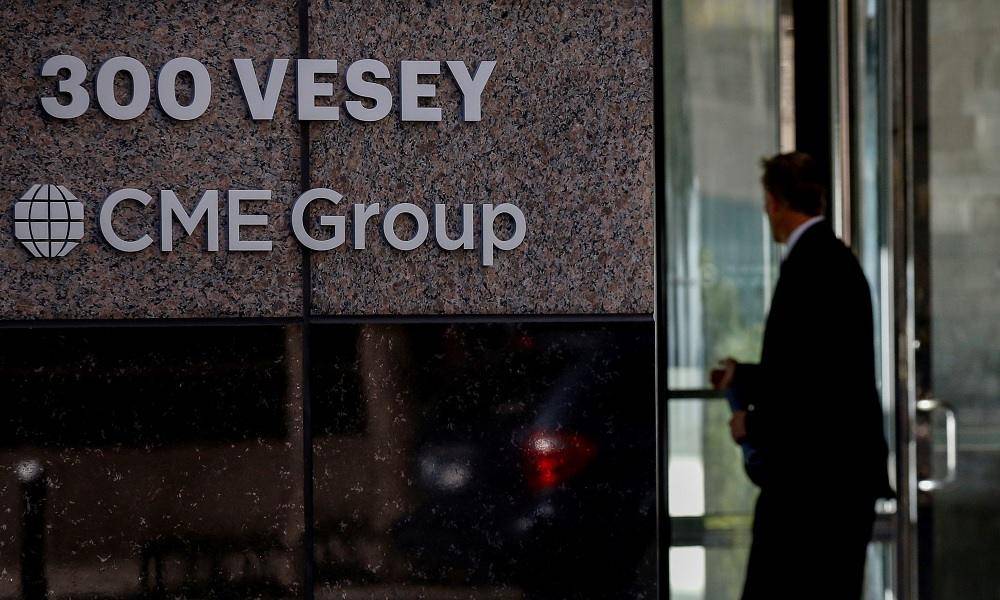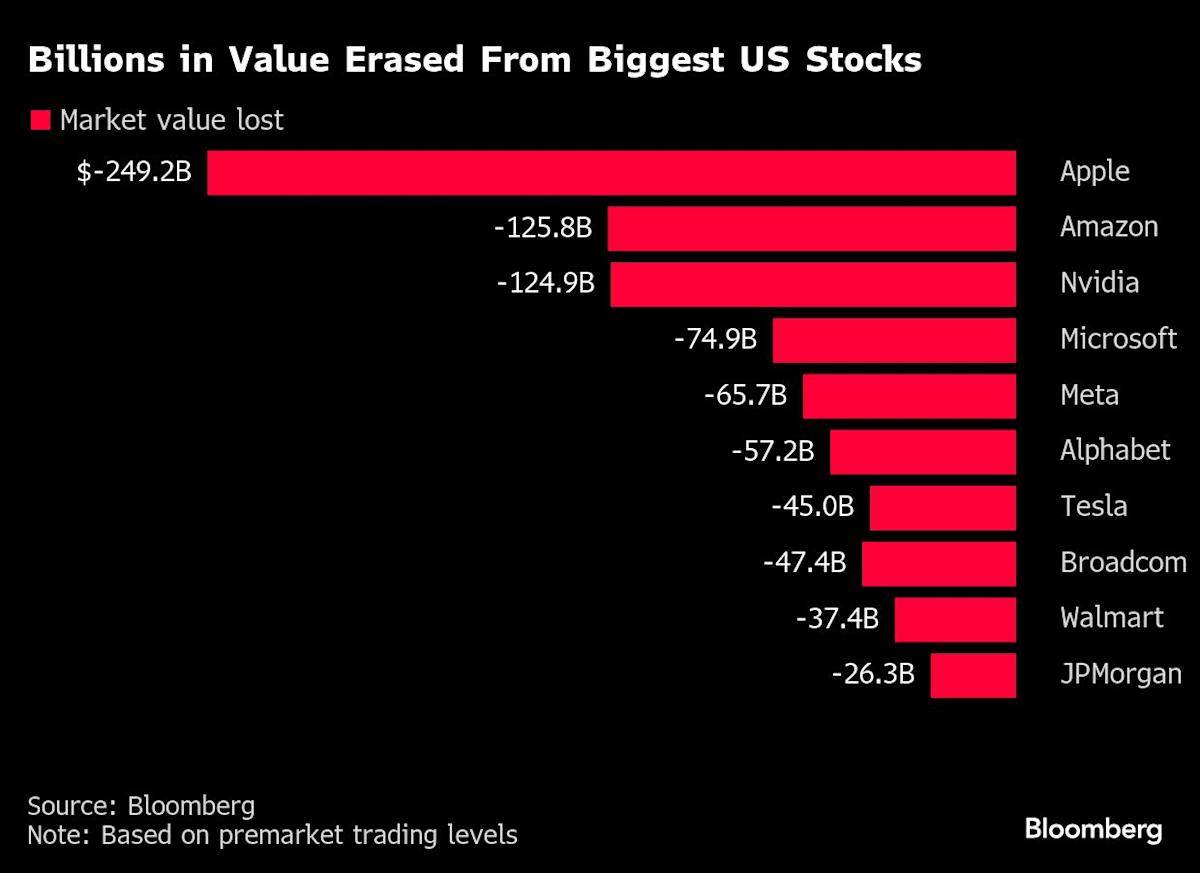European Concerns Over U.S. Crypto Approach
European regulators are sounding a warning about the risks posed by the United States’ approach to cryptocurrencies. This concern isn’t just about the impact within the U.S.; it’s also about how these policies could ripple across the globe, potentially affecting European financial stability. The worry centers on the integration of crypto into traditional financial systems, which could lead to broader economic turmoil.
Imagine a scenario where cryptocurrencies, because of their increasing acceptance and integration, become so intertwined with traditional finance that a significant downturn in the crypto market spills over into regular economies. This is what European regulators, like François Villeroy de Galhau, a member of the European Central Bank’s Governing Council, are cautioning against. They believe that while the U.S. is embracing crypto assets with a relatively open approach, this could inadvertently amplify financial risks.
Financial Stability and Global Impact
Villeroy de Galhau has expressed concerns that the U.S.’s aggressive push for cryptocurrencies could lead to economic upheavals. He notes that if the U.S. accumulates a substantial amount of cryptocurrencies like Bitcoin, it could destabilize the global financial system if not managed properly. This is a double-edged sword; while integrating cryptocurrencies can bring innovation, it also poses serious risks if not handled carefully.
In contrast, European authorities have been working to strengthen their regulatory frameworks to mitigate these risks. The European Securities and Markets Authority (ESMA), the European Banking Authority (EBA), and the European Insurance and Occupational Pensions Authority (EIOPA) have jointly highlighted the potential crypto policy risks emanating from the U.S. The European Union is also focusing on developing its own digital euro to safeguard monetary sovereignty and prevent reliance on U.S.-backed stablecoins.
Risks of Stablecoins and Regulatory Response
Stablecoins, which are cryptocurrencies pegged to the value of a traditional currency like the U.S. dollar, are another area of concern. European officials warn that the growth of dollar-backed stablecoins could threaten Europe’s financial stability and undermine the euro’s role as a global currency. This has led to a push for accelerated development of the digital euro to preserve European monetary independence.
The European Union is also advancing the Markets in Crypto-Assets (MiCA) directive, which aims to provide a comprehensive framework for regulating cryptocurrencies within the EU. While this provides consumer protection and clarity for businesses, it could also drive innovation in less-regulated areas towards other regions.
Conclusion
In summary, while the U.S. is embracing cryptocurrencies as a strategic move, European regulators are emphasizing caution. They are warning about the potential financial risks and advocating for robust regulations to ensure stability, especially in the face of growing global interconnectivity. This divergence highlights a broader debate within the international financial community about how to balance innovation with financial stability in the rapidly evolving landscape of digital assets.









